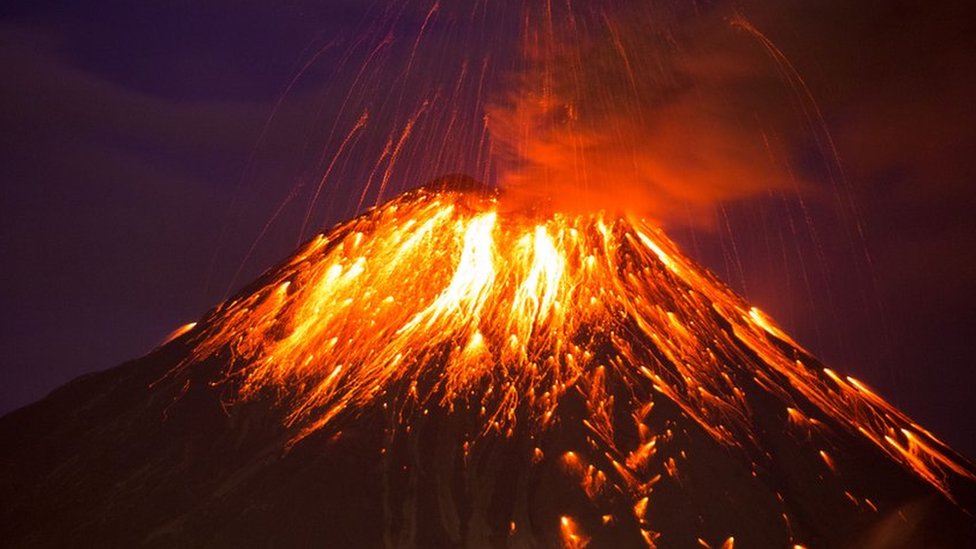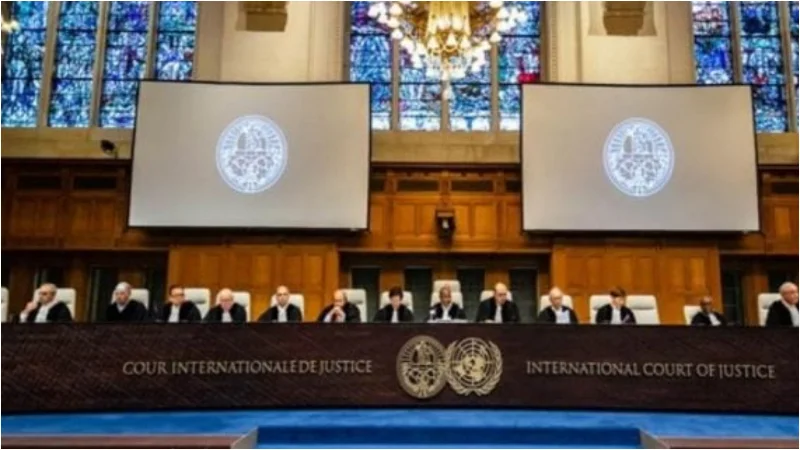On Wednesday, the region’s seismic surveillance centre raised the volcanic alert to four, indicating that there was a “real possibility” that the volcano would erupt.
The volcano last erupted on the island in 1808, causing a series of explosions along the south-central part of the island and lava to reach as far as the coast.
The monitoring centre stated that there was “no evidence that a volcanic eruption was imminent,” but that such a scenario could not be ruled out.
“Annually, Sao Jorge has few earthquakes – and now we’re talking about thousands,” said Joao Fontiela, a seismologist working on the island, to the Lusa news agency.
Meanwhile, the island’s emergency response plan has been activated, and plans are in place to evacuate all 8,400 Sao Jorge residents if necessary.
However, a large number of residents have already left the island on their own.
According to government figures released on Saturday, approximately 1,250 people left the island on Wednesday and Thursday alone.
Fatima and Antonio Soares, both in their 70s, and many other residents decided to leave on Saturday, a week after the tremors began.
Mrs. Soares said while waiting for a flight to a nearby island at the airport in Sao Jorge: “I asked the taxi driver to please take a picture of us because I don’t know if my house will look the same when I come back.”
“Tears began to fall immediately,” she added.
“Leaving our house at this age is difficult,” Mr Soares said.
The island’s ports said they were preparing for a natural disaster scenario, and authorities were devising plans to protect livestock and other animals.
Meanwhile, residents of care homes and hospitalised patients in the municipality of Velas, where the majority of the seismic activity has been recorded, have already been relocated to the opposite side of the island.
People were “very scared,” according to Filipe Azevedo, a local hotelier.
“We’re all very worried,” he added. It is an unexpected occurrence for which we are unprepared.”
The Mayor of Velas, Luis Silveira, stated that there was no need to evacuate all residents, but admitted that many had left on their own.
“We are living moments of anguish, of some fear,” he added. We’ve been asking people to remain calm, but it’s becoming more difficult.”
People living around the small plains at the bottom of the cliffs formed by volcanic eruptions, on the other hand, have been told to leave their homes.
While many people, such as Kelly Fonseca, who moved to the island in search of a better life and is now “scared to death,” are leaving, some residents are staying.
Luis Mendonca, 52, seemed unconcerned about the seismic activity, saying, “I will only leave my house as a last resort.”
“It’s not like they’ll press a button and the bomb will detonate. It will evolve gradually.”




















